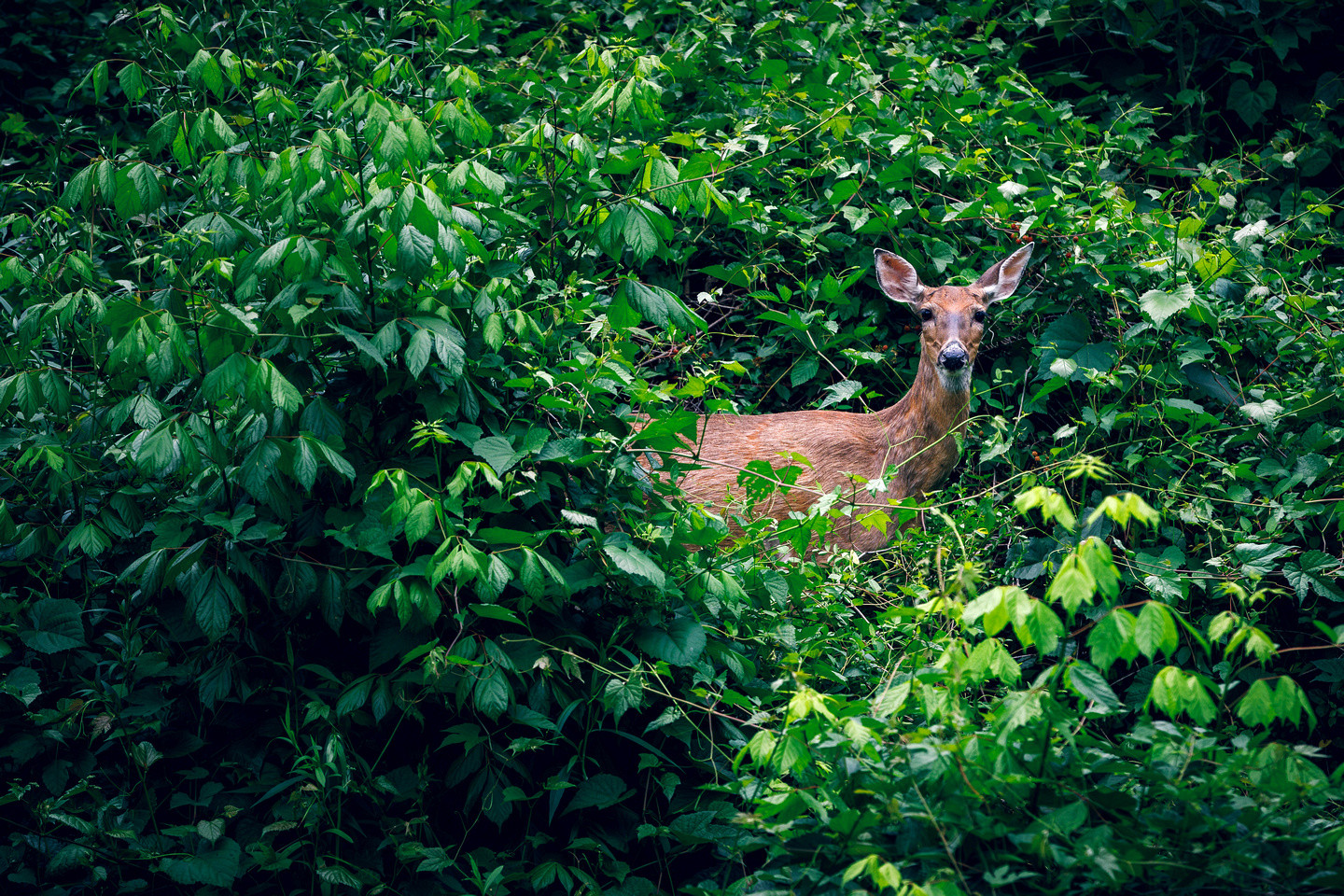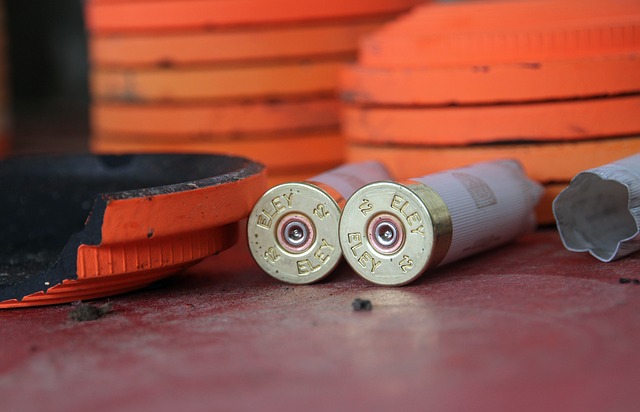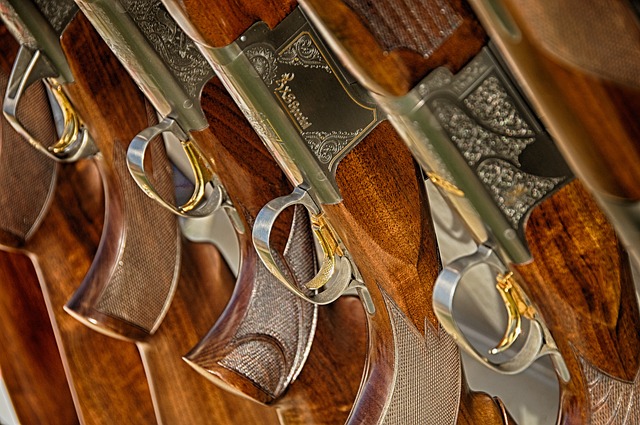
Colorado's Moose hunting scene is renowned for its abundance. It is one the most frequently observed animals making it an unforgettable experience. You can enjoy meals, lodgings, guide fees and incredible views. Before you can hunt this magnificent animal, however, you need to get a hunting certificate. Learn more about how to obtain your hunting license to enjoy a memorable Moose Hunting adventure!
Moose are a large and easily observed species
Moose is one of the most common species to be spotted in Colorado. Because they are large and easily visible, moose can be seen more often than elk. They can reach six feet at the shoulder and can weigh as much as 1,000 pounds. These large animals prefer high elevations and can be found most often in coniferous woods. They are well-adapted to life in water because their diet includes aquatic vegetation.

The once-in-a lifetime experience of meeting Moose is a unique one
Colorado's moose hunt is one of the most exciting sports in the entire world. The breathtaking scenery, pristine waterways, and untouched terrain make it a great place to pursue your dream moose. A bull moose hunt can be the most expensive in North America. The best part? It's all in the name.
Colorado has a lot of moose.
Large and easily observed, Moose can be seen. Their antlers are different from those of deer, and they have a low flight response. Colorado's moose are often found in densely wooded areas. They can be seen by residents and visitors alike. Residents, tourists, as well as big game hunters revere these animals. Because of their distinctive appearance, big game hunters love moose.
Moose are a weighted preference species
The largest land mammal in Colorado, the moose, may make up a significant portion of Colorado's total land mass. There are between 0.1 and 24 moose per square meter, with the highest densities in parks. The moose population fluctuates largely in response to environmental factors such as weather, climate, and food availability.

Moose are tagged
There are only 200 moose tags available for this hunting season, and each moose is tagged. Colorado's prized commodity, moose, is why hunters must choose an outfitter with care to avoid spending time and money. The lower 48 states have not been among the most popular places to hunt moose in the past, but COVID-19 has changed all that. Although it may be difficult for moose hunters to find the right hunting outfit, it is possible.
FAQ
What gun is best for hunting?
A.22 caliber rifle is the best weapon for hunting. Because it's lightweight and easy-to-carry, this rifle is the best choice for hunting. It is also able to shoot accurately from long distances.
It is best to not anticipate a predator attacking you with this type of gun.
You don't want ammunition to be wasted by shooting at a tree. It would do very little damage. Clear sight is essential for your prey.
If you are looking to hunt bigger game like deer or elk, a rifle of the.30 caliber can be used. However, it's heavier than a.22 caliber rifle.
A 30-caliber rifle requires more practice to attain the same level accuracy.
What is the U.S. Department of Agriculture's (USDA) estimation of deer hunting?
The USDA estimates that about 6.5 million Americans hunt deer. Only about 2.2 Million actually shoot one.
This means that only 0.6 percent kill deer each year.
Is hunting dangerous?
Yes, hunting can cause injuries.
There are many ways that you can injure someone else.
Improper shooting techniques are one way. It is possible to shoot at the wrong angle and hit the wrong parts of the animal.
A second risk is that another animal may attack you.
Hunting accidents happen every day. Guns are responsible for many people being killed or seriously hurt.
Hunters should not load their guns before they reach their destination.
It is also important that they do not take their guns with them when they venture into the woods.
Always keep your eyes wide open. Pay attention to where you are going and listen out for any sounds.
You must be able to defend yourself against any animal that you approach.
Never chase after prey. Instead, wait patiently for them to come to you.
Do not take shortcuts. These can cause injury or even death.
You should be careful when you are near cliffs or other places where you cannot view what is below.
Stay away from rivers and streams. These areas can flood suddenly.
Hunting is a time to forgo alcohol. Alcohol affects your judgment and slows down reaction time.
All safety equipment should be kept close to your body. Always carry a first-aid kit and flashlight.
It is important to know how to treat an emergency. Do not attempt to administer CPR if you don't know how.
What kind of training do I need to become a hunter? What is the average time it takes?
Basic courses are required in order to learn how you can hunt. This course covers the basics of hunting, as well as information on the laws.
You will learn how firearms and ammunition should be handled. These items can also be used safely.
This course can take anywhere from two to three weeks. Some courses can be taken online. Others are held in person.
A written test is required to qualify for a license. You may also need evidence that you have taken a hunter-education course.
How much does it cost for me to become licensed? What happens if I don’t have enough money to pay for licensing?
The cost to get licensed depends on where you live. The cost of licensing can range from $20 to more than $100.
If you do not have enough money, you may be able to apply for a loan or grant.
A tag must be purchased in addition to the hunting fee. Prices for tags vary depending on what type of game you hunt.
Tags are available for deer, elk, bear, moose, waterfowl, upland birds, and furbearers (such as foxes).
Some states require you to register with the Department of Natural Resources before you can obtain a license.
Check the regulations in your area before you hunt.
What is the most crucial part of hunting animals?
How do you get there? The first step is to learn how to shoot accurately. Then we must learn to hit our target. And finally, we must learn how to make adjustments when we miss.
Hunting is only possible if you know what you're doing. If you don't know what you're doing, then you'll never improve. Although you might believe you have improved your shots because you are better, if you don't know how to do it before, these shots won't matter. This is also true for hitting targets. If you don’t understand the reasons you’re missing, it will be difficult to improve. This means that you must know what you are aiming for.
This is where knowledge plays a major role. Your ability to hunt is dependent on your knowledge of the animal that you're hunting. If you go out into nature, you will want to be as knowledgeable as possible about the animals you come across. You should be familiar with their behavior, habits, and personalities. You can plan your hunts in this way to ensure they run smoothly.
You should always try to learn from others who have been successful in the past. This topic is covered in many books. In addition, there are websites like www.thehuntingzone.com that offer great tips and advice. There are also people with years of experience. They will be able to help you understand what works and not.
Once you have learned everything, it is time for practice. Practice makes perfect. You shouldn't practice until your confidence is high. Instead, practice until confidence is built. Confidence is a way to relax and enjoy the process. Relaxation makes it easier to concentrate on the task at-hand. Concentration is key to maximizing every opportunity. Opportunities are only available when you're calm and focused.
When you're ready to put your new skills to use, it's time to test them. Do not worry if your attempts fail. You can keep improving and practicing. You'll eventually be successful.
Statistics
- - Percent of residents with paid hunting licenses: 0.7%- (stacker.com)
- Licenses dropped from a peak of roughly 17 million in the 1980s to 15 million in 2019, according to The Seattle Times. (stacker.com)
- Indiana, for example, saw a 28% jump in turkey license sales during the first week of the season. (stacker.com)
- Over the past 50 years, the number of hunting licenses in California has been on a rapid decline, falling 70% from more than 760,000 in the 1970s to under 268,000 in 2020—even as the state's population has skyrocketed, according to The Mercury News. (stacker.com)
External Links
How To
How to hunt wild hogs
Large, large wild hogs are found all over North America, Africa Asia, Asia, Europe. Wild hogs eat both vegetation and small animals, such as birds, fish, mice, rabbits and mice. They usually eat at night. One piglet is born after the gestation period of approximately six months. A sow gives birth every two years. Wild hogs live alone, but sometimes they are part of a group called herds.
Wild boars typically weigh around 200 pounds (90kg). Their head length is approximately 10 to 12 inches (30-25 cm), and their bodies range from 20 to 30 in (50-75cm). Wild pigs have long legs, broad shoulders, and short tails. A thick layer of fat is found under their skin.
They have strong senses of smell, hearing and sight. These senses are used to find food and detect danger. They can run upto 35 miles an hour (56 km/h), and can jump up to 15 feet (4m) in a single bound. They are sharp-toothed and have sharp claws. They are aggressive when defending themselves against predators.
Hunting wild Hogs can be difficult as they are agile, intelligent, and elusive. They must be carefully tracked by hunters. If hunters shoot too early, the animal may escape. If hunters are too late, the animal might die before it reaches shelter.
There are many ways to hunt wild hogs. Shooting is the most popular method. Hunting requires that the animal be tracked down and then waited until it is within range. Another option is trapping. Trapping is the practice of placing traps in areas where the hogs are likely to drink. Traps often include a scent lure like corn meal mixed with peanut butter. When the trap is opened, the hunter shoots a trapped pig.
Another option is snaring. Snaring involves using a noose made of rope to catch the porc. It works best when the pigs are caught during their mating season.
Other options include poisoning or spearing. Netting and spearing involve placing a net or spear through the pig's neck to stop its breathing. Poisoning involves injecting poison into the pig's body.
Hunting wild hogs is a challenging sport. Hunters should be prepared for winter. For warmth, hunters may need to wear snowshoes in certain areas. Hunting dogs may be used to track animals.